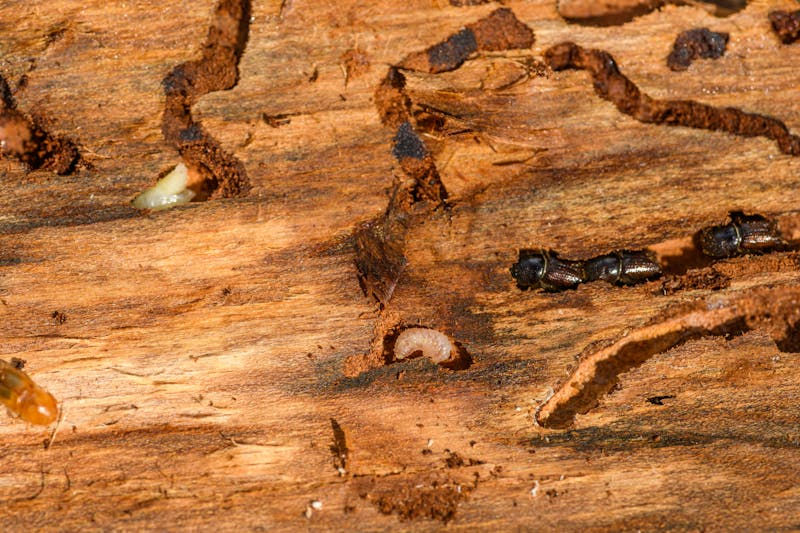Termite Barrier Guide: How to Choose the Right Protection for Residential and Commercial Buildings
- Alyssa Moylan
- Sep 1
- 3 min read
Do you dread the sight of those foul, wood munching invaders we often refer to as termites? Are you constantly worried about those tiny, nondescript creatures ravaging your precious property? Or, as an architect or builder, are you seeking innovative ways to avoid potential structural damage in the buildings you're working on? If your answer is yes to any of these questions, you're in the right place. This blog post sets out to dissect and demystify the complex world of termite barriers, to help you choose the right solution.
As any pest control professional will tell you, termites can be quite the nemesis to even the most firmly anchored structures. This is where termite barriers come in – a life-saving invention designed to keep these destructive intruders at bay. The challenge, however, lies in choosing a barrier that best fits your needs – whether you're a homeowner, a commercial property owner, or a building professional.
This comprehensive guide aims to shed light on the various termite barriers available in the market, their respective pros and cons, and what factors to consider when making your choice.
What are Termite Barriers?
Termites are small but mighty creatures, capable of causing significant damage to both residential and commercial landscapes. A termite barrier, as the name suggests, is a deterrent – a system designed to prevent termites from infesting your property. These barriers could either be physical or chemical, placed in the ground or within the structure itself.
There is a wide array of termite barriers available in the market today, all with varying degrees of effectiveness. Some work by repelling or killing the termites, while others seek to inhibit their ability to feed, thus breaking their life cycle.
Choosing the right termite barrier depends on a host of factors, from the type of soil in your property, the design and size of your building, to local regulations and budget constraints.
Physically Blocking Termites: The Physical Termite Barriers
Physical termite barriers are designed to deny termites access to your structure by forming an impenetrable barrier in the soil or within the building itself. They come in the form of mesh, sheets, and seals that can be integrated during the construction of your building.
However, physical barriers aren't always 100% foolproof. Termites might find a way around these barriers over time, exploiting even the smallest of gaps. The effectiveness of physical barriers also greatly depends on the correct installation by experts.

Fighting Back Chemically – Chemical Termite Barriers
Chemical termite barriers, on the other hand, work by killing or repelling the termites. But their usage requires a critical understanding of their environmental impact, regular maintenance, and potential health hazards for humans and pets.
While these barriers can continue to protect your property for years, their effectiveness can reduce over the course of time due to weather conditions or soil disturbances. Regular inspections and re-treatment might become necessary over time.
Factoring in Cost, Effectiveness, and Environmental Impact
When choosing the right termite barrier, it's essential to factor in the cost, effectiveness, and environmental footprint. As with any home improvement solution, investing in termite barriers is about striking the right balance between cost and effectiveness. Yet, it's equally crucial to consider the environmental impact of your chosen solution.
Compliance with Local Regulations
Moreover, consider the local regulations governing termite barriers in your area. Failing to comply with these regulations could lead to legal ramifications and fines.
Seek Professional Advice
Professional pest control agencies offer valuable insight into the best termite barrier solutions given your specific circumstances, local laws, and the nature of your property. Their expertise could be game-changing in your quest to keep termites at bay.
Conclusion:
Termites might be tiny, but the damage they cause is far from it. The right termite barrier can make all the difference in securing your property against this silent threat. But remember, choosing a termite barrier isn't a one-size-fits-all proposition. It requires a careful evaluation of the type, cost, and effectiveness of the barrier, balanced against your individual property needs, local regulations, and the barrier's potential environmental impact.
Seize control. Secure your property. Seek professional advice. And make an informed decision on your termite barrier, to ensure your peace of mind and the longevity of your residential or commercial property.
.png)







Comments